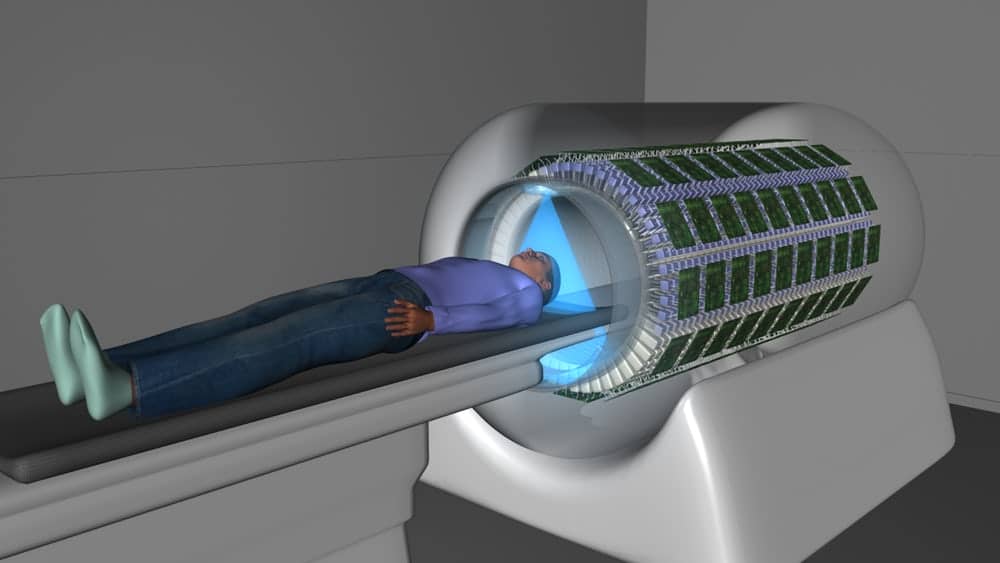The world’s first full body medical scanner has produced its first images. The imaging device is 40 times faster than the current PET scans. It can capture a 3D model of the entire human body in one scan. The scanner is called EXPLORER. It can scan full body combining positron emission tomography (PET) and X-ray computed tomography (CT). A prototype of the primate-sized scanner was revealed in 2016. After testing, the first human-sized device was fabricated in early 2018. The scanning device is developed in collaboration between scientists from UC Davis and engineers from Shanghai-based United Imaging Healthcare.


The first human images from the scanner have been revealed recently. The results obtained from EXPLORER shows that it can revolutionize both clinical research and patient care. Ramsey Badawi, chief of Nuclear Medicine at UC Davis Health said, “The level of detail was astonishing, especially once we got the reconstruction method a bit more optimized. We could see features that you just don’t see on regular PET scans. And the dynamic sequence showing the radiotracer moving around the body in three dimensions over time was, frankly, mind-blowing. No other device can obtain data like this in humans, so this is truly novel.”
The EXPLORER scanner offers remarkable improvements over the current imaging system. It provides faster scans and can produce the image of the whole body within 20 to 30 seconds. The device is up to 40 times more sensitive than the current commercial scanning systems. The scanner can produce detailed images using significantly lower doses of radiation tracers which are currently needed. Higher sensitivity allows clinicians to image specific molecular targets which are not in the limits of current scanning systems. Simon Cherry, from UC Davis Department of Biomedical Engineering, said, “The tradeoff between image quality, acquisition time and injected radiation dose will vary for different applications, but in all cases, we can scan better, faster or with less radiation dose, or some combination of these.”

The most innovative application of this scanning system is that it can capture the entire image of the body in a momentary scan. The current PET systems are very slow and inefficient since they have to scan every single part of the body at one time. From 30 to 40 minutes, these smaller images form a 3D image. However, this hinders the ability of doctors to measure the effects of something which is moving across the body in real time. The EXPLORER scanner is providing a new kind of imaging which can regulate the blood flow in real time across the entire body. The new imaging system has some testing and verification ahead before it moves into commercial production. However, Cherry is hopeful that it will not be very long before the scanner is made available to the hospitals and research bodies all over the world. He said, “I don’t think it will be long before we see at some EXPLORER systems around the world. But that depends on demonstrating the benefits of the system, both clinically and for research. Now, our focus turns to plan the studies that will demonstrate how EXPLORER will benefit our patients and contribute to our knowledge of the whole human body in health and disease.”


